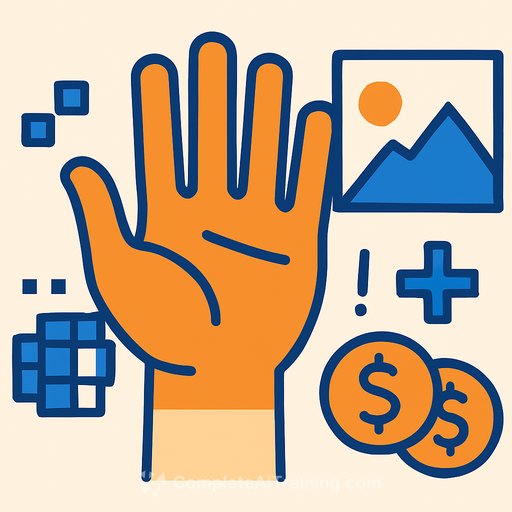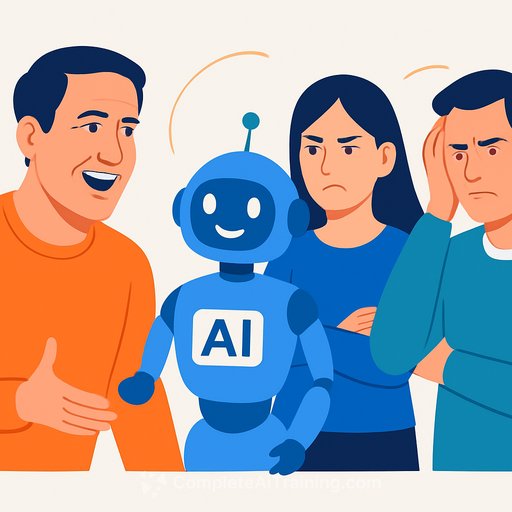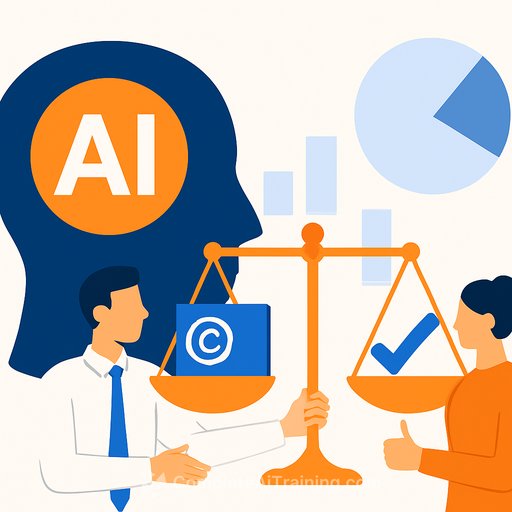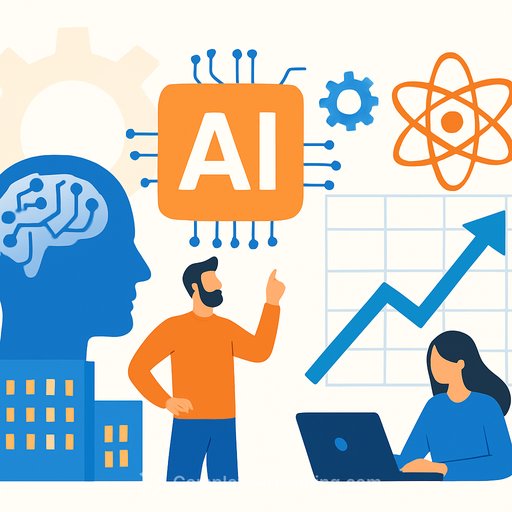3D Video Game Design: Why AI Game Art Is a Fool's Errand
AI is everywhere in game development. According to the GDC 2024 State of the Industry survey, nearly half of studios are experimenting with AI for art and prototyping. Time saved is obvious. But for shipped art, the costs can overwhelm the savings.
The short version: players spot AI. They talk. The press amplifies it. Trust drops, and fixing that is far more expensive than doing it right the first time.
The hidden costs most teams ignore
- Anatomy errors: extra fingers, warped limbs, uncanny poses.
- Style drift: assets don't hold a consistent visual language across levels and updates.
- Generic look: scenes feel same-y, forgettable, and thin on story.
- Community backlash: screenshots hit Reddit, then headlines, then your brand takes the hit.
We've already seen a major franchise ship AI-touched loading screens that included a six-fingered character. Reddit lit up, and the studio had to eat the embarrassment. That's not a production win-that's an avoidable PR bill.
Even for top franchises, reputational damage can outweigh any budget relief. Players are sending a clear signal: shortcuts in art are visible, and they erode trust.
Where AI actually helps
AI shines before production hardens. Use it to explore directions, pressure-test themes, and stress ideas without burning artist time.
- Pre-production mood boards and visual exploration.
- Concept variance: fast "what if" passes to find edges and wild cards.
- Prototype scaffolding: rough visuals to validate mechanics early.
Think of AI as a brush. Artists do the painting.
If you want a curated starting point for experimentation, explore vetted tools for ideation and generative art workflows here: AI Tools for Generative Art.
Production rules that protect your art (and your brand)
- Keep AI out of shipped art. Final assets need consistency, story, and emotion-things current models can't deliver reliably.
- Lock a style bible early. Define shape language, palette, lighting, and texture rules that every asset must pass.
- Set hard review gates. Human-led art direction checks for anatomy, continuity, composition, and readability.
- Run an "AI tell" audit. Train QA to spot artifacts like extra digits, mangled joints, chaos patterns in small details, and text gibberish.
- Be transparent with your community. If AI touched early concepting, say so-and show the handoff to human-crafted art.
- Budget for trust. The savings you think you gain can vanish if one image goes viral for the wrong reason.
A simple, sane workflow
- Explore with AI in pre-pro to widen the option space.
- Commit to human-driven production art with clear standards.
- Institute anatomy/style QA gates before anything ships.
- Document your pipeline so the team knows where AI stops.
The takeaway for creatives
AI can speed up exploration. But shipping AI-generated art is a brand liability disguised as a time saver.
Use AI to think wider and faster. Let artists craft the work people connect with.
Sources: GDC 2024 State of the Industry
Your membership also unlocks:






